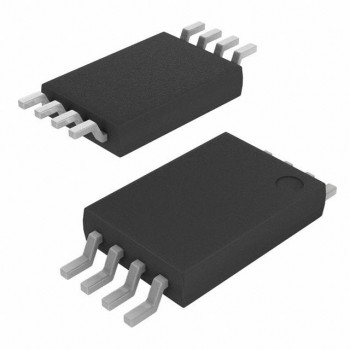Power supply topology is an important part of power supply design, which determines the performance and characteristics of the power supply. Different power topologies are suitable for different application scenarios and requirements. This article will introduce several common power topologies and their characteristics.

Switching power supply topology
Switching power supply is a high-efficiency power supply topology that uses switching devices to control input current to regulate output voltage and current. Common switching power supply topologies include single-ended buck, boost, flyback and resonance.
1. The single-ended buck topology is a common switching power supply topology. It reduces the input voltage to the required output voltage by controlling the on and off of the switching device. This topology is simple, low-cost, high-efficiency, and suitable for low-power applications.
2. The boost topology is a switching power supply topology that increases the input voltage to the required output voltage. It converts the input voltage into high voltage pulses by controlling the on and off of the switching device, and then filters it through the output circuit to obtain a stable output voltage. This topology is suitable for applications requiring increased voltage.
3. Flyback topology is a common switching power supply topology that uses a transformer to isolate the input voltage and output voltage. It can adapt to applications with a wide input voltage range and has the advantages of high efficiency, high precision and low EMI.
4. Resonant topology is a high-efficiency switching power supply topology that uses a resonant circuit to convert input voltage and output voltage. It has the advantages of high efficiency, small size, low EMI, etc., and is suitable for applications requiring high power density and high efficiency.
Linear power topology
Linear power supply is a simple, stable power supply topology that uses a linear regulator (LDO) to regulate the output voltage. Linear voltage regulators control the output voltage by adjusting the on and off of the device, and have the advantages of low noise, high precision and low output ripple.
When selecting a linear power topology, factors such as input-output voltage differential, load changes, heat dissipation, and efficiency need to be considered. For applications with large input-output voltage differences, switching power supplies can be selected instead of linear power supplies to improve efficiency.
Pulse Width Modulation (PWM) Control Topology
PWM control is a commonly used power control technology, which adjusts the output voltage by adjusting the conduction time of the switching device. Common PWM control topologies include buck, boost and flyback types.
1. The buck PWM control topology is a switching power supply topology that reduces the input voltage to the required output voltage. It controls the output voltage by adjusting the conduction time of the switching device, and has the advantages of high efficiency and low EMI.
2. The boost PWM control topology is a switching power supply topology that increases the input voltage to the required output voltage. It controls the output voltage by adjusting the on-time of the switching device and is suitable for applications that require increased voltage.
3. The flyback PWM control topology is a switching power supply topology that uses a transformer to isolate the input voltage and output voltage. It has the advantages of high efficiency, high precision and low EMI, and is suitable for applications with a wide input voltage range.
multilevel topology
Multi-level topology is a design method that combines multiple power supply topologies to give full play to the advantages of various topologies and improve overall performance. Common multi-stage topologies include the combination of front-stage switching power supply and rear-stage linear regulator, multi-stage converter, etc.
When selecting a multi-level topology, factors such as matching, efficiency loss, and cost between each level of topology need to be considered. For example, for applications that require both high efficiency and high precision, a multi-stage topology that combines a front-stage switching power supply with a rear-stage linear regulator can be used.
In summary, choosing the appropriate power topology is a critical step when designing a power supply. Different application scenarios and performance requirements require different power topologies to achieve. When selecting a power topology, factors such as efficiency, cost, stability, size, and reliability need to be considered to achieve optimal performance and cost-effectiveness.

